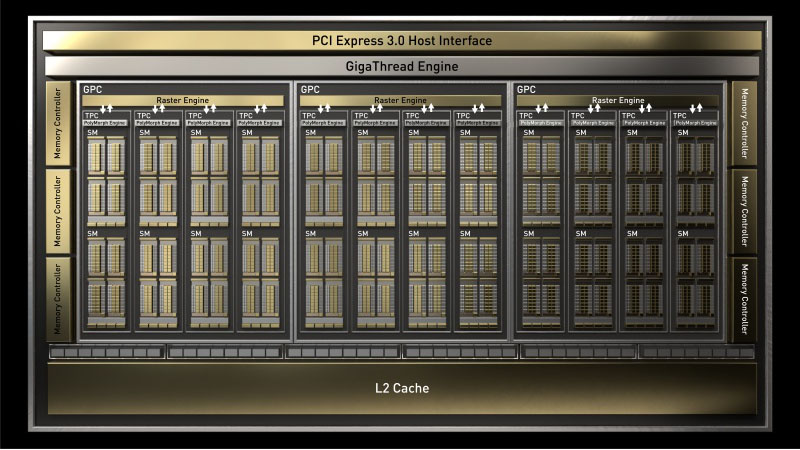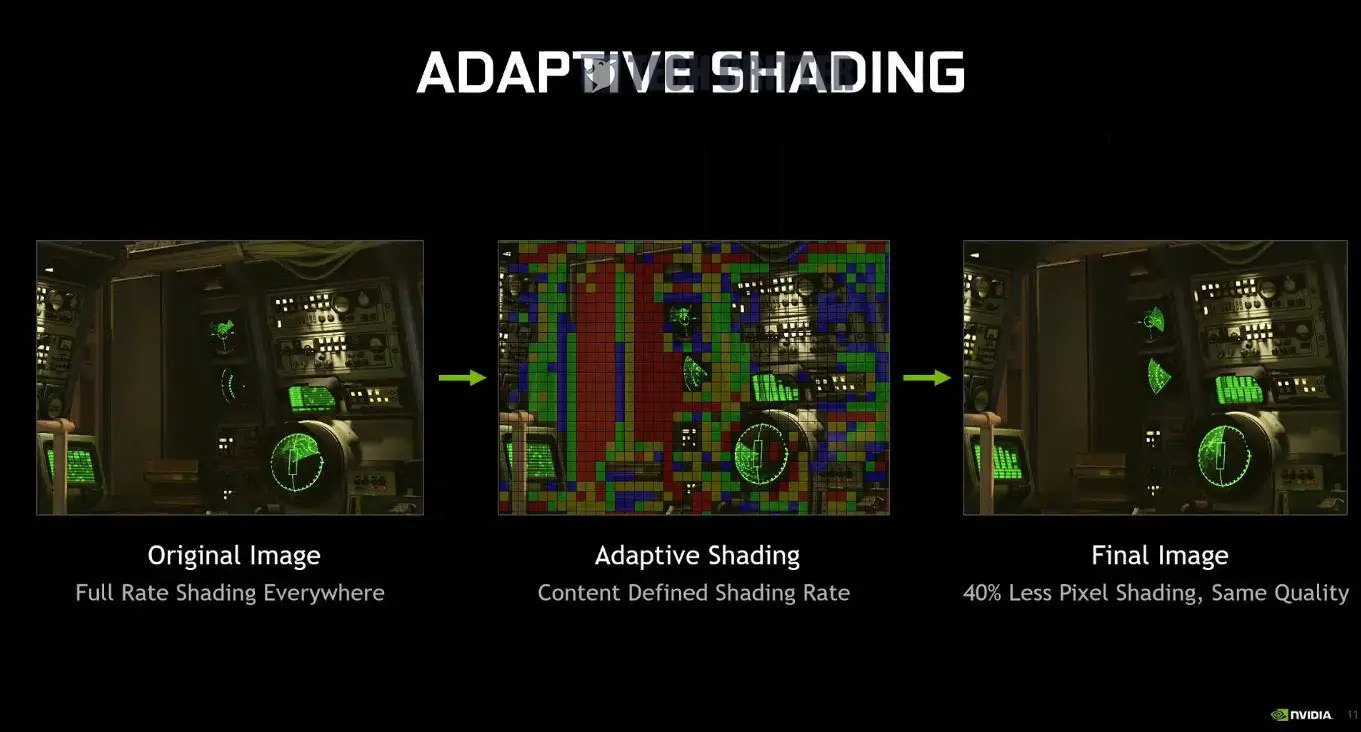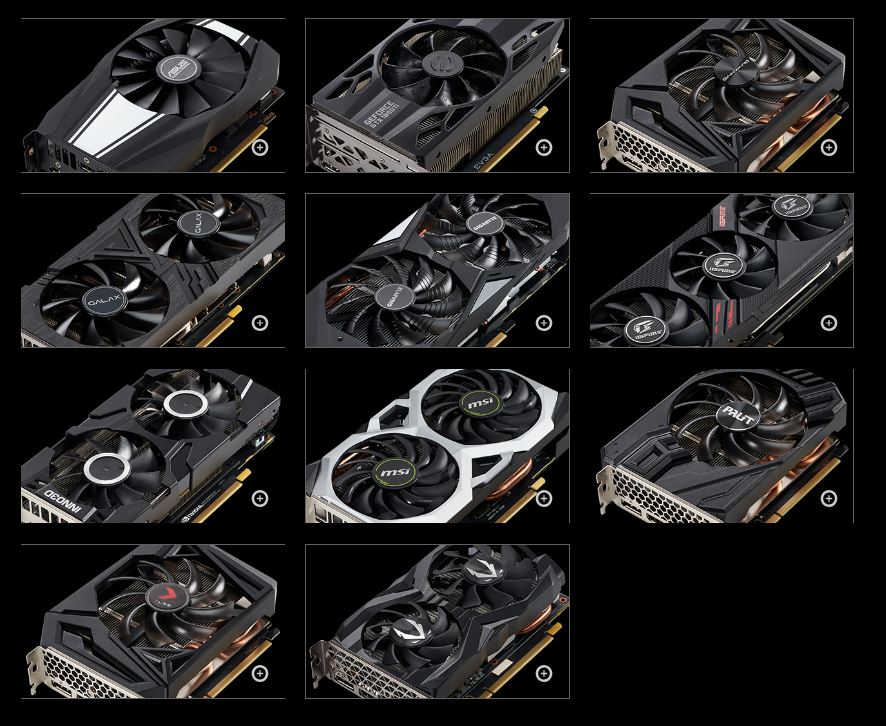
Today marks the official launch of the NVIDIA GeForce GTX 1660, a new member of the GTX 16 series graphics card and the successor of the GTX 1060 6GB. While both GTX 1660 and GTX 1660 Ti are using the non-RTX Turing GPU TU116, there are a few notable differences in the specifications as between both cards.
Specifications
| GTX 1660 | GTX 1660 Ti | |
| Graphics Processing Cluster | 3 | 3 |
| Texture Processing Clusters | 11 | 12 |
| Streaming Multiprocessors | 22 | 24 |
| CUDA Cores (single precision) | 1408 | 1536 |
| Tensor Cores | N/A | N/A |
| RT Cores | N/A | N/A |
| Texture Units | 88 | 96 |
| ROP Units | 48 | 48 |
| Base Clock | 1530MHz | 1500MHz |
| Boost Clock | 1785MHz | 1770MHz |
| Memory Clock | 8000MHz | 12000MHz |
| Memory Data Rate | 8Gbps | 12Gbps |
| L2 Cache Size | 1536K | 1536K |
| Total Video Memory | 6144MB GDDR5 | 6144MB GDDR6 |
| Memory Interface | 192-bit | 192-bit |
| Total Memory Bandwidth | 192.1GB/s | 288.1GB/s |
| Texture Rate (Bilinear) | 157.1 GigaTexels/second | 169.9 GigaTexels/second |
| Fabrication Process | 12nm FFN | 12nm FFN |
| Transistor Count | 6.6 Billion | 6.6 Billion |
| Power Connectors | One 8-pin | One 8-pin |
| Recommended Power Supply | 400 Watts | 400 Watts |
| Thermal Design Power (TDP) | 120 Watts | 120 Watts |
| Thermal Threshold | 95°C | 95°C |
The most notable difference here is the memory used. Unlike the GTX 1660 Ti that comes with GDDR6 memory, GDDR5 memory are still being used on the GTX 1660. This explains why the GTX 1660 has a slower data rate of 8Gbps and bandwidth 192.1GB/s, as compared to the GTX 1660 TI with GDDR6 memory.
Other than the difference on the type of memory, the GPU used for both cards are different as well. The GPU used for the GTX 1660 is a TU116-300, which has a lower CUDA core count of 1408 compared to the TU116-400 (1536 CUDA cores) used the GTX 1660 Ti. Though, the GTX 1660 has a slightly higher GPU base clock of 1530MHz and boost clock of 1785MHz.
As for the power requirement and TDP, both the GTX 1660 and GTX 1660 Ti shares the same power supply requirement of 400W and a single 8-pin PCIe power, TDP of 120W and thermal threshold of 95°C.
Advanced Shading

Despite not having any RT and Tensor cores to support DLSS and real-time ray tracing features, both the GTX 1660 Ti and GTX 16660 still has its own advantage with the Turing TU116-400 and TU116-300 GPU as compared to the previous generation Pascal GPU. Content and Motion Adaptive Shading, Variable Rate Shading are some of the features available to the Turing architecture. Lower overhead can be achieved through this method by shading different level of segments selectively based on the depth data of a rendered scene. This allow better performance while preserving the level of details for closer segments of a scene.

According to NVIDIA, all the GTX 1660 will be offered by the board partners i.e ASUS, EVGA, Gigabyte, ZOTAC, PALIT, Inno3D, MSI, etc as there will be no Founders Edition for this release.
To learn more about the GTX 1660, kindly visit NVIDIA’s product page at https://www.nvidia.com/en-my/geforce/graphics-cards/gtx-1660-ti/










